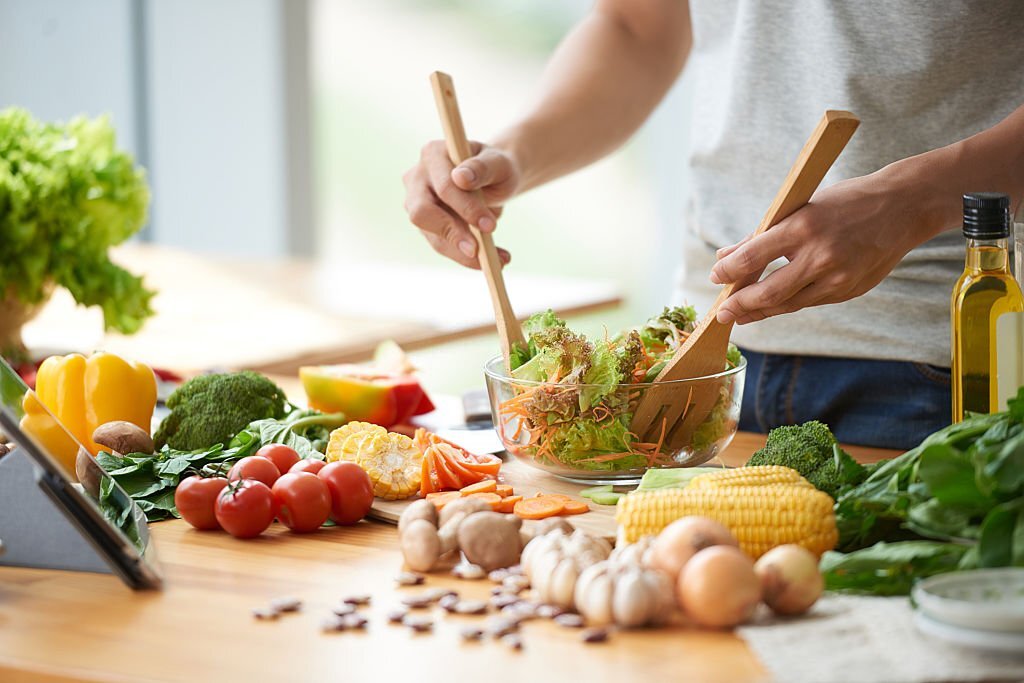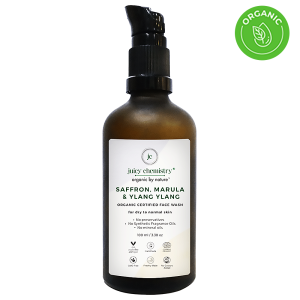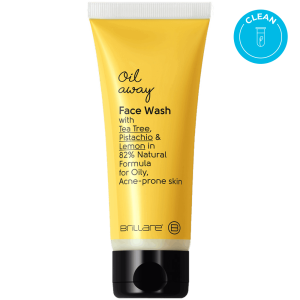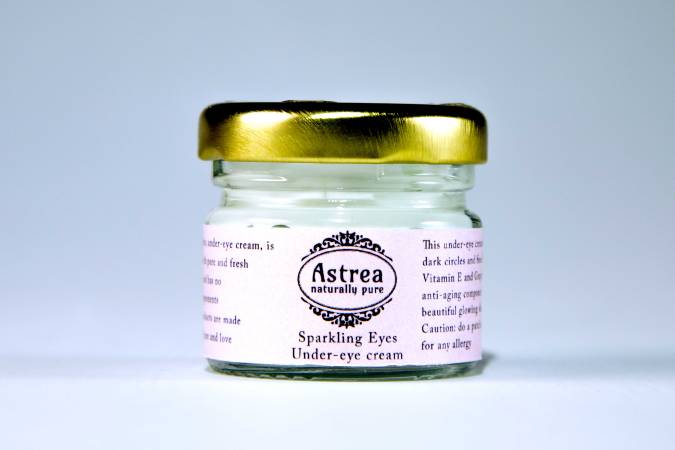Hair oiling has its benefits when done right and it has gained attention in the recent past. It is food for the scalp and it conditions the hair strands. While it may not be the trend in every other country across the globe, it certainly is popular in many parts of the world, particularly in South Asia, the Middle East, and Africa. In India, for example, hair oiling is a common practice that has been passed down for generations. Research and opinions are still divided on the subject and it is a work-in-progress, but peoples’ ‘live experiences’ tell the story of its efficacy.
Apparently, the hashtag #hairoiling has garnered more then 62.4 million views on TikTok, and international celebrities like the trendsetting Kardashian sisters, Nicole Richie, Zoe Kravitz, Priyanka Chopra, Eva Mendes, Gwyneth Paltrow, Mindy Kaling, and many others have made hair oiling a part of their hair care. So, there must be some merit to it.
I, personally have seen great improvement in my hair quality in the recent past. One would think being an Indian, I would be attuned to oiling hair from babyhood, but no, I hated it back then. I didn’t get to choose the hair oils or the shampoos in my childhood – mom and grandmas made those decisions. Teen-time was a different story – fads ruled the roost and several wrong choices sucked health out of the hair!! Now wiser with age and beauty-care education, I can vouch for hair oiling as an effective regimen for bouncy, silky tresses.
Oil The Scalp Or Oil The Strands?
Both benefit from hair oiling and I am breaking them down to list the advantages of each:
Scalp:
- It increases blood flow to the scalp due to the gentle massaging during oil application
- Relaxes scalp muscles and reduces anxiety, again due to the massage and the inherent relaxing properties of certain
oils - Certain oils have anti-fungal and antibacterial properties and hence the scalp remains protected
- Protects from UV damage
- Fatty acids in the oils nourish hair follicles
Hair Strands:
- Certain oils form a coating over the hair shaft, hence they seal the cuticle and trap the moisture inside
- The oils act as lubricants. They provide increased slip between the hair strands and help avoid tangling
- Oils flatten the cuticle surfaces, smoothen the strands and improve their health and appearance
- Oils like coconut oil, penetrate the hair shaft due to their low molecular weight and prevent the loss of protein from
hair. This can lead to improved elasticity.
Which Oils Are Most Beneficial?
The oils of coconut, almond, castor, argan, olive, amla (gooseberry), fenugreek, sesame, linseed, and mustard oil. Most hair oils are obtained from the nuts and seeds of plants. Each of these oils has a consistency of its own and is to be used to cater to specific hair health needs. Most often, these oils are warmed mildly before application which helps in relaxing the muscles as well as provides for easy absorption by the scalp.
- Coconut oil: It’s great for moisturizing and reducing protein loss in the hair. It’s especially beneficial for those with dry, damaged, or frizzy hair.
- Argan oil: Rich in vitamin E and essential fatty acids, it nourishes and repairs damaged hair. It also helps to tame frizz and add shine.
- Jojoba oil: This oil is similar in composition to the natural oils produced by the scalp, making it great for balancing the scalp’s natural oils. It’s also lightweight and non-greasy, making it a good choice for those with fine hair.
- Olive oil: This oil is rich in antioxidants and healthy fats, making it great for moisturizing and strengthening hair. It also helps to soothe a dry or itchy scalp.
- Castor oil: This oil is rich in ricinoleic acid, which has anti-inflammatory and antimicrobial properties. It’s great for promoting hair growth and reducing hair loss.
- Rosehip oil: This oil is rich in vitamins and antioxidants, making it great for repairing damaged hair and promoting healthy hair growth.
- Tea tree oil: This oil has antifungal and antimicrobial properties, making it great for treating dandruff and other scalp conditions.
To sum it up, when done right, a hair oil massage can:
- Increase blood flow in your scalp
- Nourish the scalp
- Reduce hair fall
- Promote hair growth
- Make your hair bouncy, shiny, and smooth
- Relax your muscles and ease stress and anxiety
How To Oil Hair The Right Way
The benefits of hair oiling are probably one of the most talked about topics within beauty practices. Backed by science, hair oiling is a common cultural tradition practiced by South Asian women. The steps to oiling your hair are pretty straightforward:
- Brush your hair to smoothen it out
- Section your hair
- Gently massage warm oil on the scalp
- Keep the oil on for at least 30 mins. Longer the better, but certainly not overnight.
- Wrap a damp towel around your head for faster oil absorption (optional)
From the face of it, hair oiling comes across as a pretty simple process. And it is!
Yet, unknowingly, more often than not, we make mistakes that can nullify the benefits or worse – have an opposite impact than what you expect to derive from oiling your hair.
Are You Making These Hair Oiling Mistakes?
Using a generic hair oil
Oiling your hair should always be concern specific. Determine why you need the hair oil massage. Is your oil massage for treating hair fall, dandruff, or simply to hydrate your hair? Whatever the reason, the hair oil ingredients matter.
Excessive oil usage
More oil on hair does not translate to greater hair benefits. In fact, it can be counterproductive!
Excessive oiling of your scalp can clog the pores, may cause boils and dandruff accumulation. There is also the possibility of over-shampooing to remove all the oil, and this is likely to dry the hair strands by stripping them of their natural moisture. Your hair doesn’t have to soak and drip in the oil; it is enough if the oil just about coats the strands. A few pumps or a palmful of oil is sufficient to keep your hair healthy, but you be the best judge. Depending on how long and thick your hair is, choose an amount that will cover your scalp and strands lightly.
Oiling your hair more than once or twice a week is not advisable either.
Vigorous oil massage
We don’t really need a vigorous hair oil massage – it can actually damage the hair follicles. A gentle but firm massage with your fingertips helps better penetration of nutrients into the scalp. An ideal hair massage can last up to 10-15 mins. Work in circular motions, focussing more on dry patches and areas of hair thinning. Enjoy the massage and let the muscles relax. Oiling hair in a hurry is a waste of your time and it is likely to pull weak hair out of the follicles. Work your way down from the scalp to the hair strands and their tips. Leave the oil on for at least 30 mins, or longer if possible (maybe 2 hours), and then wash it off.
Applying oil to wet hair
This is a no-no. Wet hair is far weaker than dry hair. If oil is applied to wet hair, there are two things that happen. Oil and water do not mix and hence the very purpose of oiling the hair is lost. Second, the strands are likely to be pulled and tugged at while oiling and it can result in hair breakage. Wetness in the form of sweat on the scalp is even more damaging. Sweat when dried deposits salts on the scalp, thereby clogging pores and causing inflammation. It is best to wash off the sweat, dry your hair and then apply oil if you have to.
Tying up hair tightly
If you need to tie your oiled hair, do so in a loose braid and not in a tight bun.
Hair oiling can be quite a me-time experience if done right. Do you guys oil your hair and has it worked for you? Is there any specific oil that you wish to share with us all? I would love to hear from you in the comments.
References
https://www.ncbi.nlm.nih.gov/pmc/articles/PMC9231528/
Featured Image Credit
Image by Freepik























